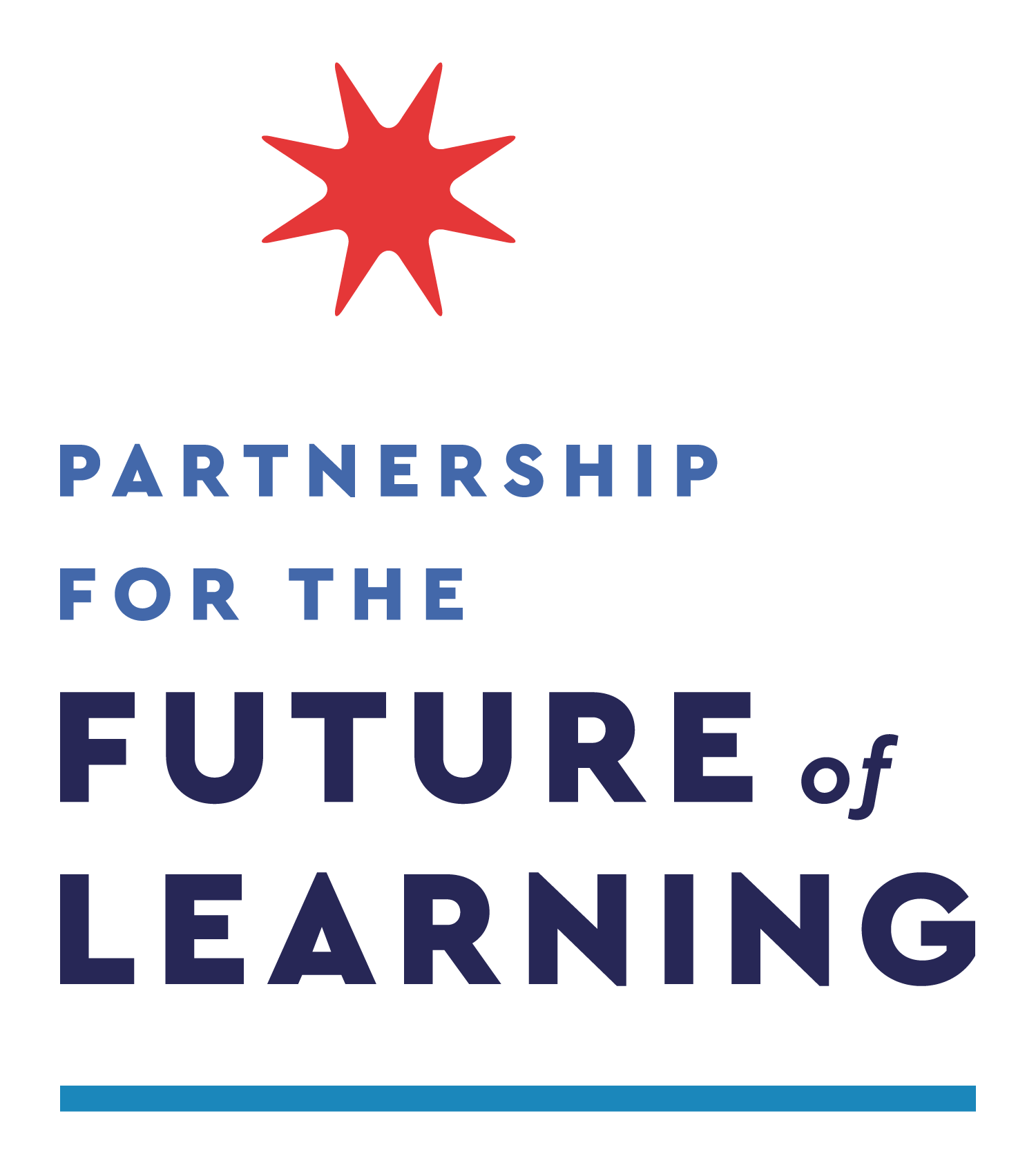
The passage of good policies in support of community schools is just the important first step toward achieving a comprehensive community schools strategy. The following resources are designed to help you actively engage stakeholders to ensure the policies you enact are successfully implemented and positive program outcomes are attained.
Chapter 2
Policies that Advance Community Schools
Chapter 3
First Pillar: Integrated Student Supports
| Building Community Schools: A Guide for Action, National Center for Community Schools |
| Community School Standards, Coalition for Community Schools |
| Community Schools as an Effective School Improvement Strategy: A Review of the Evidence, Learning Policy Institute |
| Leading with Purpose and Passion: A Guide for Community School Directors, National Center for Community Schools |
| Making the Grade: A Progress Report and Next Steps for Integrated Student Supports, Child Trends |
| National Evaluation: Five-Year Summary Report, Communities in Schools |
| Policy Brief: Principles of Effective Practice for Integrated Student Support, City Connects, City Connects |
| Wraparound Replication Cookbook, School and Main Institute |
Chapter 4
Second Pillar: Expanded and Enriched Learning Time and Opportunities
| Continuous Quality Improvement in Afterschool Settings: Impact Findings from the Youth Program Quality Intervention Study (Executive Summary), David P. Weikart Center for Youth Program Quality |
| Expanded Learning Time: Expectations for Implementation, Mass 2020 and Massachusetts Department of Elementary and Secondary Education |
| Financing Expanded Learning Time in Schools: A Look at Five District Expanded-Time Schools, National Center on Time & Learning and The Wallace Foundation |
| Governance Structures for City Afterschool Systems: Three Models, The Wallace Foundation |
| Growing Together, Learning Together: What Cities Have Discovered About Building Afterschool Systems, The Wallace Foundation |
| Quality Standards for Expanded Learning, California Department of Education, Afterschool Division, and the California Afterschool Network |
| Time Well Spent, Partnership for Children and Youth |
Chapter 5
Third Pillar: Active Family and Community Engagement
Chapter 6
Fourth Pillar: Collaborative Leadership and Practices
| Building a Leadership Team, Coalition for Community Schools |
| Community School Standards, Coalition for Community Schools |
| Family Leadership, Governance and Site Planning Toolkit, San Francisco Unified School District |
| National Standards for Family School Partnerships, National PTA |
| Partnership Effectiveness Continuum: A research-based tool for developing, assessing, and improving partnerships, Education Development Center |
| Principles of Effective Partnerships, Center for Community Schools |
| Scaling Up School and Community Partnerships: The Community Schools Strategy, Coalition for Community Schools |
| School Leadership Teams Overview, New York City Department of Education |
| Shared Use for Schools (Multiple Resources), Safe Routes to School National Partnership |
